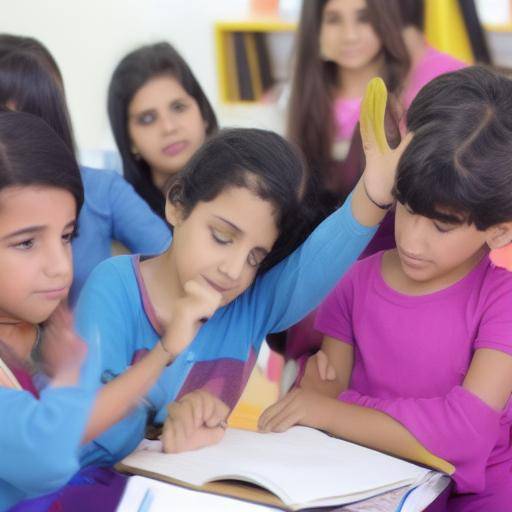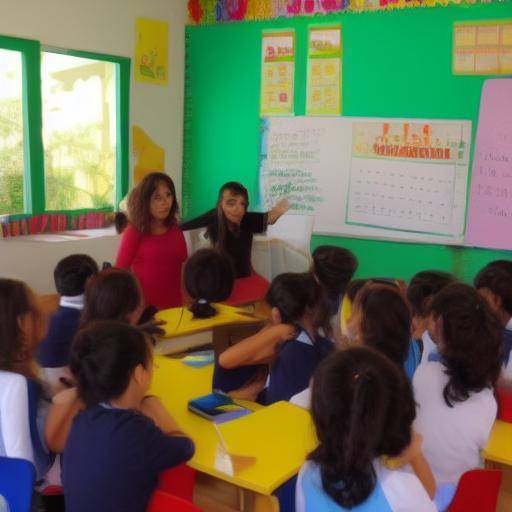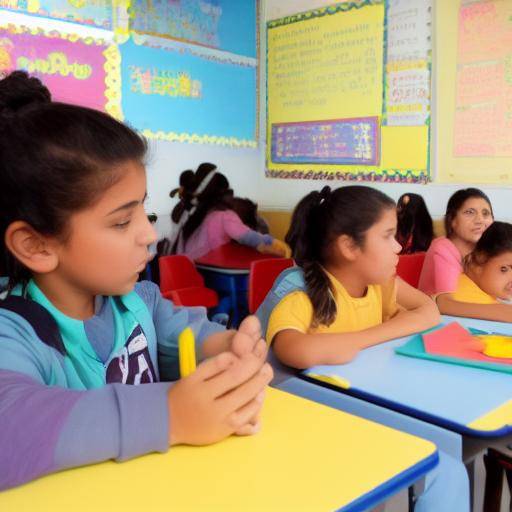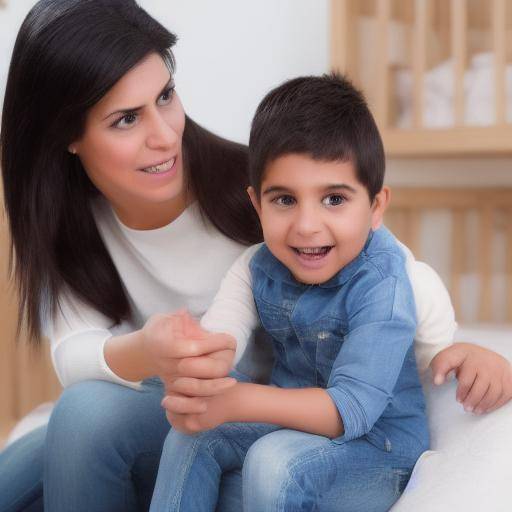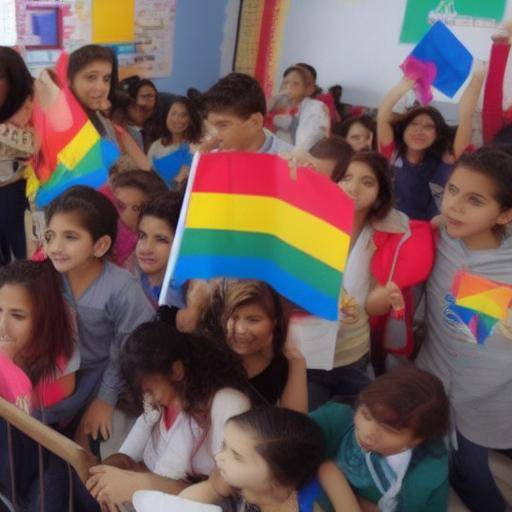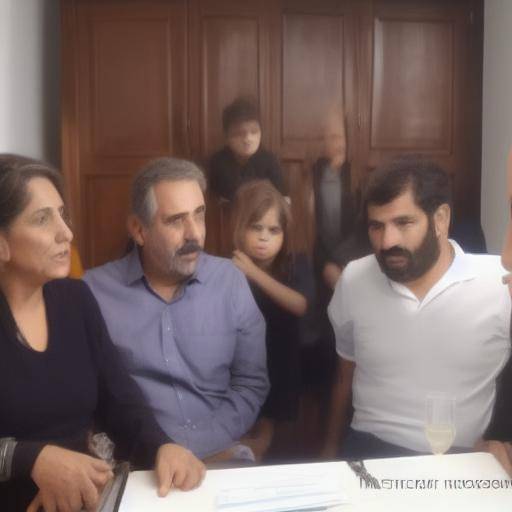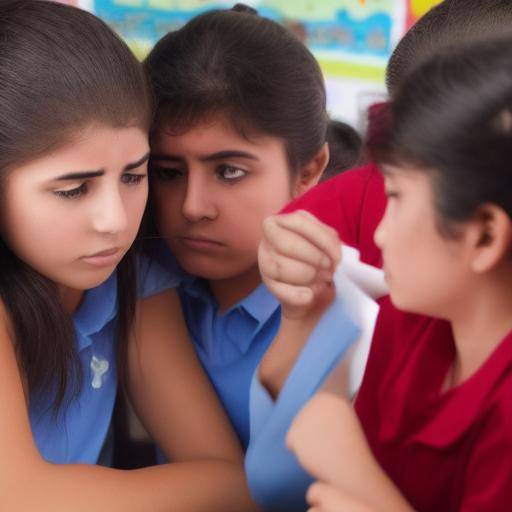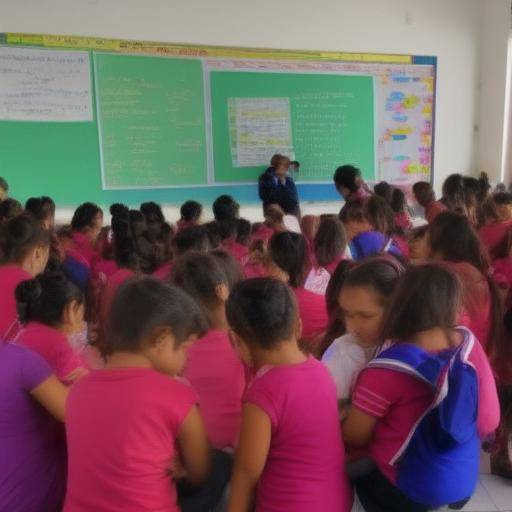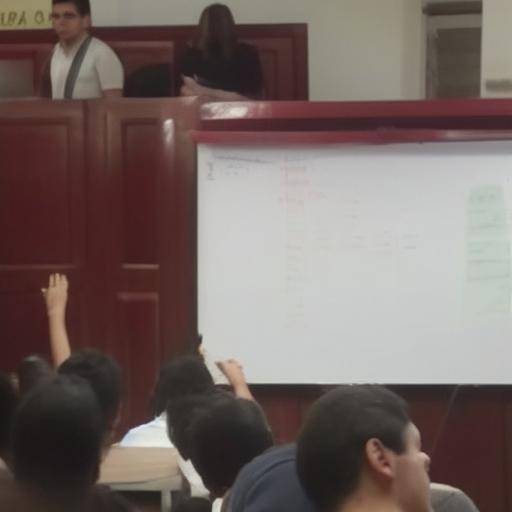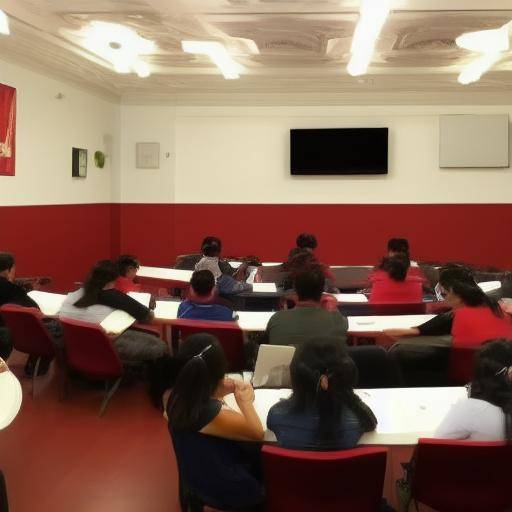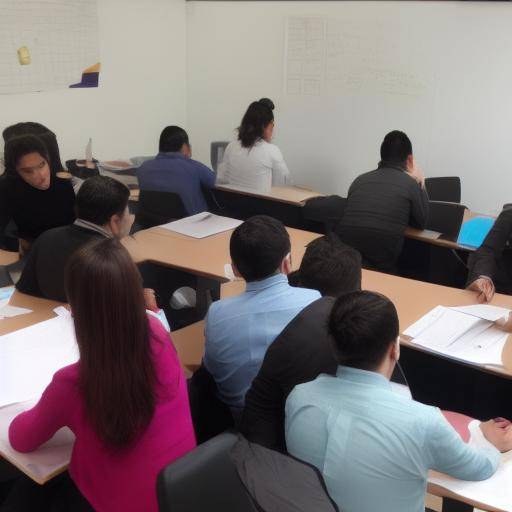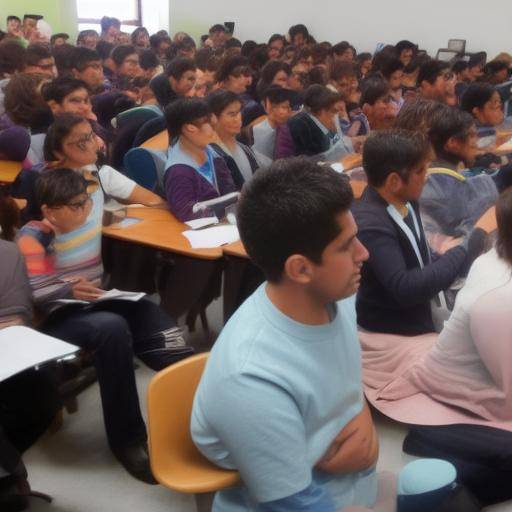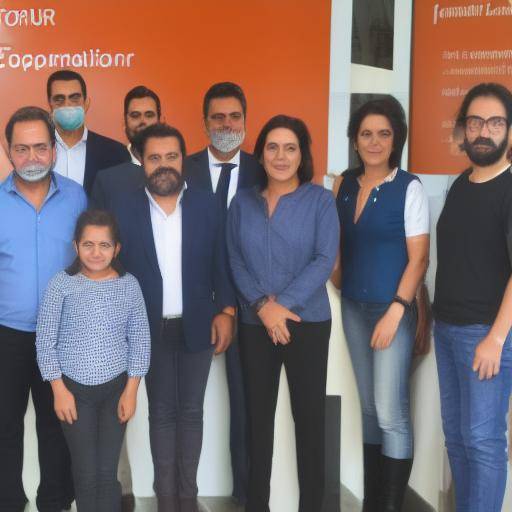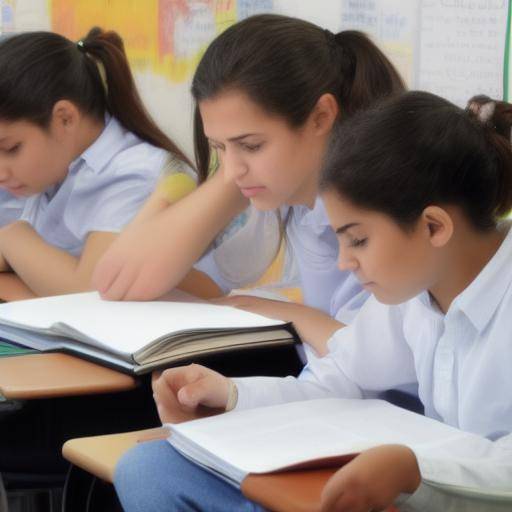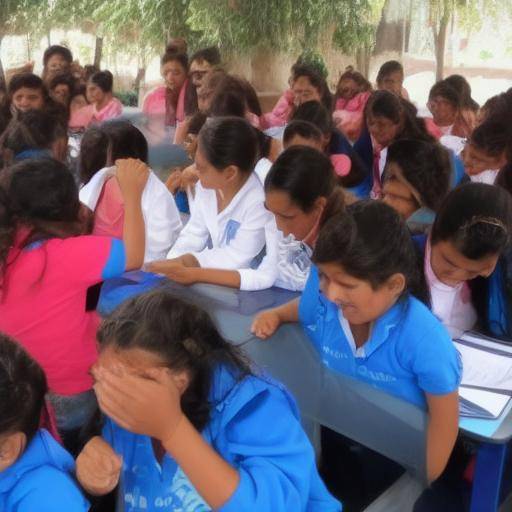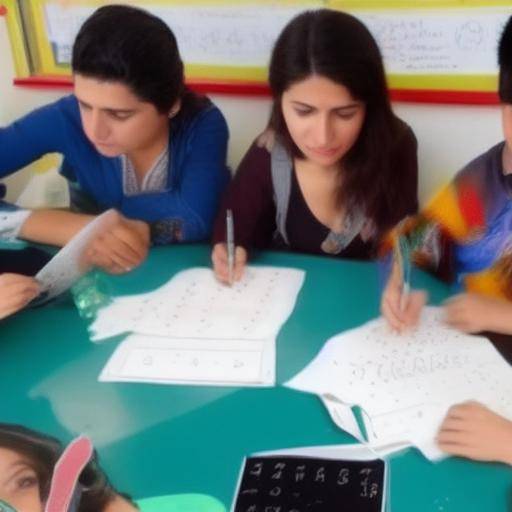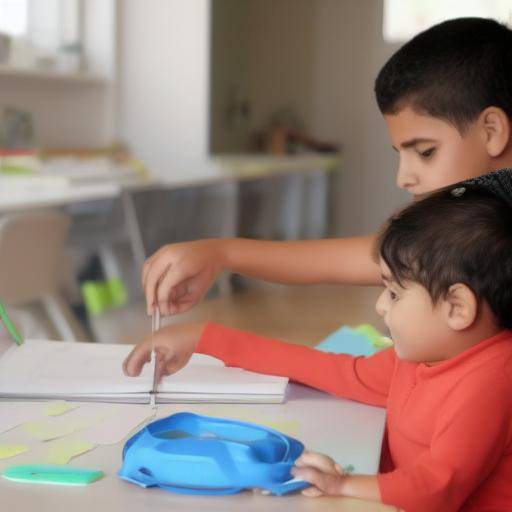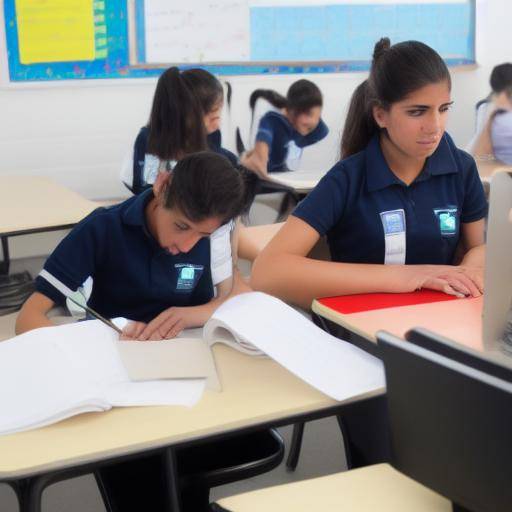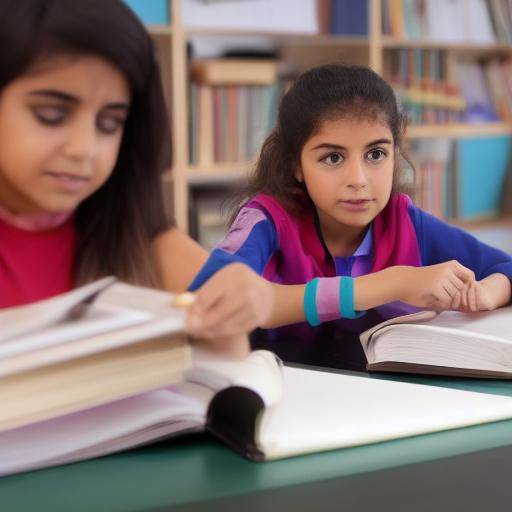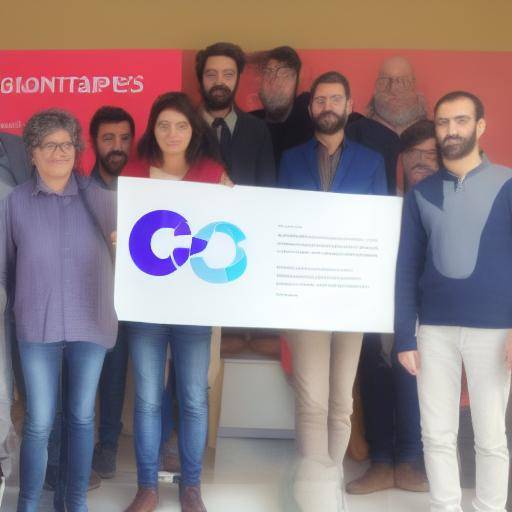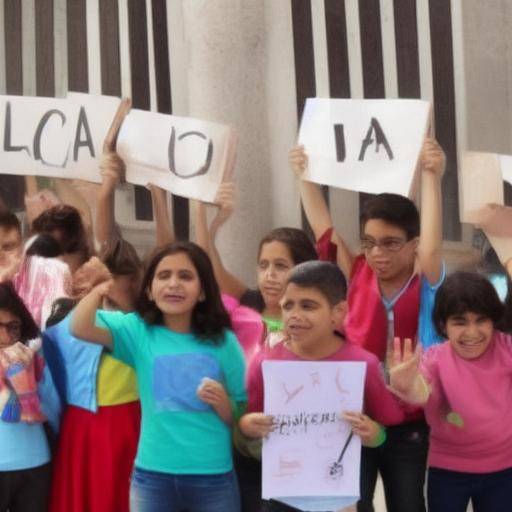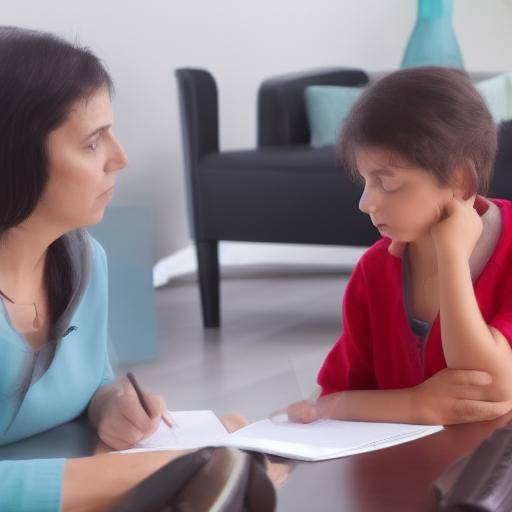
Introduction
Family activities are key moments to strengthen ties and create invaluable memories. However, in these situations conflicts may also arise that require proper management to maintain harmony. In this article, we will explore effective conflict resolution strategies that can be applied during family activities to promote healthy relationships and a positive environment. From understanding the importance of conflict resolution in the family environment to practical advice supported by case studies, this content will provide valuable tools to address and overcome common challenges.
Conflict Resolution in the Family Area: Importance and Challenges
Conflict resolution in the family environment is crucial to maintaining healthy relationships and ensuring a harmonious environment. We will explore the importance of addressing conflicts in a family context, identifying the specific challenges that may arise.
The importance of conflict resolution in the family
The family is the basis of society and is a vital space for the emotional and social development of its members. The way conflicts are managed in this environment can have a significant impact on the family dynamics and the individual well-being of its members.
Emotional and psychological relief: Unresolved conflicts can generate chronic tensions, emotional stress and negatively affect the mental health of family members.
Strengthening relations: Effective conflict resolution promotes trust, understanding and mutual respect, which contributes to stronger family relations.
Behavioral modeling: The way in which conflicts are addressed in the family can influence the behaviour patterns that children develop and apply in other areas of their lives.
Challenges in resolving family conflicts
While conflict resolution is crucial, it faces unique challenges in the family context. Some of the common obstacles include:
Intense emotions: Emotional ties can exacerbate the intensity of conflicts, making effective communication difficult.
Interdependent relationships: Family dynamics are intrinsically intertwined, which can complicate conflict management and require additional considerations.
**Personal stories: Family history and past experiences can influence how conflicts are perceived and managed by different members.
Effective strategies for conflict resolution in family activities
The effectiveness of conflict resolution strategies in family activities lies in their capacity to promote open communication, mutual understanding and the search for solutions that benefit all those involved. Here we will analyze various practical strategies supported by real studies and experiences.
Open communication and active understanding
Effective communication is the cornerstone of conflict resolution. Fostering a space where each family member can express their concerns and views in a respectful manner is fundamental. Active understanding involves listening with empathy and showing genuine interest in the perspectives of others.
Practical strategies:
- Establish moments for open communication during family activities, such as family dinners or recreational exits.
- Promote active listening, avoiding interruptions and showing interest in the emotions and opinions of others.
- Using "me" instead of "you" by expressing concerns, focusing on personal emotions rather than attributing guilt.
Search for collaborative solutions
Rather than focusing on blaming others, effective conflict resolution strategies promote the joint search for solutions that meet the needs and concerns of all involved.
Practical strategies:
- Fostering the collaborative spirit by focusing on finding solutions that benefit all, even if it requires commitments from each member.
- Use troubleshooting techniques, such as brainstorming, to generate creative options and explore different approaches.
- Recognize and value individual contributions, highlighting how proposed solutions can benefit each family member.
Emotion management and conflict management
Effective management of emotions is essential for constructive conflict resolution. Helping family members identify and regulate their emotions can facilitate an enabling environment for resolution.
Practical strategies:
- Promote the healthy expression of emotions, encouraging family members to communicate their feelings respectfully.
- Teach stress and anger management techniques such as conscious breathing or taking breaks to cool your head during moments of tension.
- Promote empathy and understanding of individual perspectives, stressing that differences do not have to become irreconcilable conflicts.
Establishment of clear limits and expectations
Defining reasonable limits and clear expectations can prevent potential conflicts by providing structure and predictability in family interactions.
Practical strategies:
- Establish consensual family rules that regulate acceptable behaviors and conflict management.
- Communicate expectations openly, allowing each member to understand what is expected of them in conflicting situations.
- Regularly review the limits and expectations to ensure that they remain relevant and effective in the family context.
Conclusions and FAQs
Conclusions
In conclusion, conflict resolution during family activities is critical to maintaining harmony and strengthening affective ties. Effective conflict resolution strategies, such as open communication, collaborative solutions, emotional management and clear limits, can be powerful tools to promote a healthy and positive family environment.
By applying these strategies and dedicating quality time to strengthening family relationships, we can overcome common challenges and cultivate significant experiences that will persist in the memory of all family members.
Frequently asked questions
1. What is the importance of involving all members in resolving family conflicts during activities?
Engaging all members promotes a sense of ownership and responsibility in conflict resolution, fostering empowerment and commitment to family well-being.
2. How can conflict resolution strategies be consistently implemented?
Consistency is achieved by establishing clear expectations and modeling conflict resolution strategies in a coherent manner, reinforcing healthy practices with the example.
3. What is the role of empathy in resolving family conflicts?
Empathy is fundamental to understanding the perspectives of others, promoting emotional connection and facilitating the search for solutions that consider the needs and emotions of all those involved.
4. How to address family conflicts involving children or adolescents?
It is essential to foster an environment where children and adolescents feel safe when expressing their concerns, involving them in the search for solutions according to their level of understanding and development.
5. What to do if family conflicts persist despite these strategies?
When conflicts persist, it may be beneficial to seek guidance from a professional, such as a family therapist, to address the underlying dynamics and develop approaches adapted to the specific needs of the family.
6. How to promote cooperation in managing tasks during family activities to prevent conflict?
Cooperation can be promoted by establishing clear roles, recognizing and assessing individual contributions, and fostering a teamwork environment where each member feels an important part of the process.
External references
For more information on conflict resolution strategies and their implementation in the family area, it is recommended to consult the following sources:
- Academic article on the importance of communication in the resolution of family conflicts
- Practical guide to managing family conflicts constructively
- Interview with a family therapist recognized in the area of conflict resolution
With these tools and resources, you can enrich your understanding of conflict resolution in family activities and apply effective strategies to promote healthy relationships and a positive environment in the family environment.

